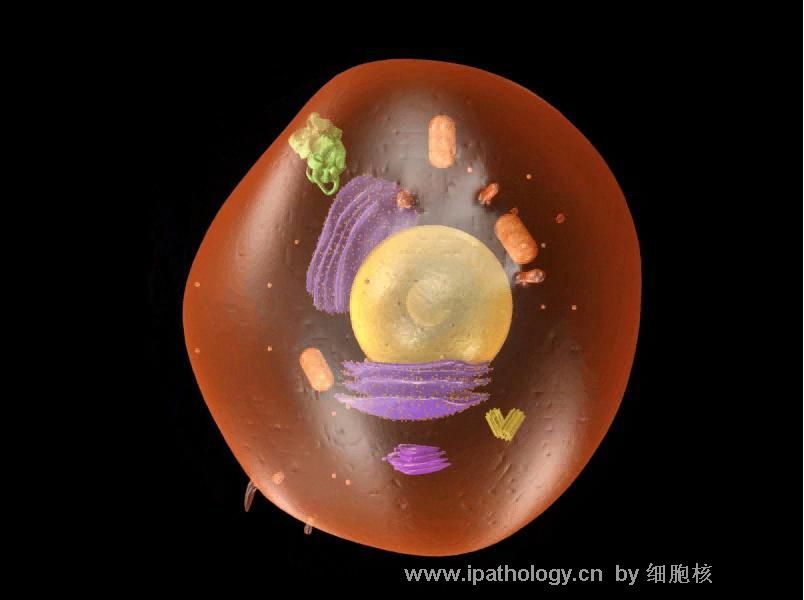| 图片: | |
|---|---|
| 名称: | |
| 描述: | |
- 非典型和不典型
江南老师提出的非典型增生和不典型增生,个人觉得应该是翻译上的问题,其本质上不存在区别。另外还有一个词就是异型增生,这三个词现在在中文中并没有太大的区别,但是就其来源来说,英文中atypical 和dysplasia还是有一定的区别的,只是这两个词在翻译为中文的过程中,找不到合适的翻译方式,几乎被混用。就英文的本意来说,atypical最早是在教科书中翻译为不典型性或者非典型性,这也是我们接触到的最早不典型的出处。而dysplasia在新编全医药学大辞典中翻译为发育不良,而epithelial dsyplasia翻译为上皮的异型增生。dysplasia这个词的出现比较晚,因为在中文的翻译过程中,没有对其进行很好的界定,所以出现滥用的情况。
最近我看到一篇关于Gastric Epithelial Dysplasia的文献《Gastric epithelial dysplasia and adenoma: historical review and histological criteria for grading.》 http://www.ncbi.nlm.nih.gov/entrez/query.fcgi?cmd=Retrieve&db=PubMed&list_uids=9023391&dopt=Abstract 其中讲述了一点关于这方面的内容,摘录于下。
Grundmann was the first to apply the term "dysplasia''
http://www.ncbi.nlm.nih.gov/entrez/query.fcgi?cmd=Retrieve&db=PubMed&list_uids=165808&dopt=Abstract
These classifications reflect the fundamental differences of the histological criteria for epithelia atypia,
GED, and carcinoma. For example, in Japan some authorities defined biopsies with marked reactive and regenerative histological features as dysplasia. &-8,14-20 However, other investigators inJapan, as well as the majority of pathologists in Europe and the United States, define dysplasia as a neoplastic epithelium.
In response to these different classifications, the World Health Organization (WHO) International References Centre for Histological Classification of Precancerous Lesions of the Stomach met in 1978. Their consensus statement recommended that presumed precancerous lesions of the stomach be termed "dysplasia" and the term "intramucosal carcinoma" replace "in situ carcinoma" for lesions that have invasive malignant cells confined to the lamina propria
In response to the broad use of the term "mild dysplasia," a second consensus statement was published in 1984 by the members of the Pathology Panel of the International Study Group on Gastric Cancer. The panel classified gastric lesions as simple hyperplasia, atypical hyperplasia, and dysplasia. Reactive and regenerative lesions were classified as simple hyperplasia. Atypical hyperplasia included the very reactive lesions that the prior WHO consensus statement classified as mild dysplasia. The authors restricted the term "dysplasia" to neoplastic-appearing epithelium, suggesting that this would eliminate unnecessary concern and overtreatment for changes that posed no immediate threat of malignant transformation.
个人倾向于对于atypical还是翻译为不典型增生,而对于dysplsia翻译为异型增生以示区别。并且对这两者的意义进行进一步确定,不过希望这不仅仅是病理医生的文字游戏,如果没有临床医生的参与,叫任何名字都没有意义

- 达亦不足贵,穷亦不足悲
-
wangzhen_01 离线
- 帖子:197
- 粉蓝豆:3
- 经验:197
- 注册时间:2006-10-04
- 加关注 | 发消息






























